“Normative social influence,” ever heard of it? It’s a principle in social psychology that defines a change in behavior that is deemed necessary for a person to be accepted or liked by an influencer, and so they conform.
Social rejection is a major driving force behind the human desire to conform – most notably seen in the fashion industry. People who are unsure of how to act in any given situation will look to responses from others to guide their response, it’s human nature.
“Social proof” is a psychological experience that all of us have experienced in some form or another, where we automatically assume that the behavior of others is the correct response in that moment. That means that the attitudes and behaviors of those around us, either online or offline, have an impact on ours to varying degrees.
Social proof can (and does) influence people, like yourself, to make decisions differently than what they would have, if they had only their own judgment to rely upon. This is sometimes referred to as the “herd mentality,” like when your parents asked you if you would jump off a bridge simply because others were doing so.
In today’s world, social media and digital marketing plays a key role in the transmission and portrayal of the current social consensus on what’s “in” and what’s “out” – and the best marketers know how to utilize this combined with the best practices to promote products or services online.
For example, when you’re browsing a well-designed landing page and see a testimonial from a celebrity that you admire, that endorsement is social proof. When you’re browsing a pricing page and you spot the name of an industry tycoon who is already using the software, that’s social proof.
At the core of it, social proof is leveraging a third-party influence to sway prospects into becoming paying customers. And it’s nothing new.
But it’s super important for the internet marketing industry. When you’re out shopping at a store, you can directly compare products and see for yourself which is better.
There’s less outside influence on your decision, less of a need for it too. If you’re trying to decide between a pair of jeans from two different brands, you can literally feel the quality of the fabric with your hands or even try them on to see which looks better.
But when you’re shopping online, things are different. Deprived of that sensory in-store experience, you turn to outside opinions to weigh in on your decision-making process.
If you’re an online business owner, it’s important for you to understand the different types of social proof and how to leverage them in your digital marketing efforts.
There’s a reason why marketers use social proof, and that’s because it works – whether or not you’re aware of it, trust sells. And the way in which you use social proof to boost your visibility efforts will vary with every type of social proof.
9 Types of Social Proof for Digital Marketing
1. Case Studies
These are real-life examples of how your product or service has solved a problem. In the businessworld, it’s an old-school yet powerful form of storytelling that will evoke an emotional response from your audience. But it’s more than just storytelling, because case studies allow you the ideal opportunity to combine those individual stories with evidence-based data.
This longform social proof is considered extremely effective, as it illustrates concepts in an easy-to-understand way and is also backed by a real case scenario. They are one of the best ways to create credibility using social proof, and usually made up of three parts: you address a problem, present a solution, followed by the results.
Here’s an example of a detailed case study of how Proposify tripled Orlo’s business:
2. Testimonials
Be honest: When you think of “testimonials,” do you just think of someone with a first name, last name initial, and an Unsplash headshot? We’ve all seen those before. Simply stating that your product works is not going to be enough for prospects to buy it, but it appears not everybody got the memo on that.
If someone has genuinely used your product and had a positive experience, people will relate to that and much more easily commit to a purchase on your site. But those fake-looking testimonials are not a good look, especially so if there’s nothing else online to back up the claims. Authenticity is key to the success of this kind of social proof.
According to research done by Nielsen, 92% of people will trust a recommendation from a peer, and up to 70% of people will trust a recommendation from someone they don’t even know. That’s why client testimonials and success stories are here to stay.
And you’ll see that testimonials for social proof are rife in certain markets, such as the coaching industry. This is to establish credibility and showcase the experiences of people who have had success in their courses or programs, particularly for high-ticket info-product items.
Here’s an example of a client testimonial page on BuzzSumo’s website:
3. Reviews
Which are you more likely to try for the first time: cat food with a high number of five-star reviews on Trustpilot, or one with a low number of mixed reviews? Unless you’re truly indifferent to your cat’s digestive system, it’s almost a no-brainer.
Yelp, TripAdvisor, Amazon, Booking.com, UberEats, etc. are popular because the ratings and reviews are a form of social proof that most people are familiar with, and that has a big impact on purchasing decisions.
You’re going to want to link validated reviews to your site, as surveys have found that over 80% of consumers trust online reviews as much as personal recommendations. On average, a customer will check at least two different review sites before making a decision about a business.
So, don’t put all your hopes and dreams into one site when it comes to reviews – make sure that you hit all the major sites in your industry. You can repurpose reviews by pulling them into your website or squeeze pages, so long as you have mostly positive reviews.
And don’t forget that it’s not just the reviews that matter, but also the response! Make sure that you reply to all reviews, both positive and negative.
Here’s an example of Trustpilot reviews for a pet supply store, with a near-perfect score on over 400 reviews:
4. Social Media
It’s definitely not a solid plan to rely solely on your number of social media followers, as it doesn’t directly correspond to a measure of success, but it is a form of social proof. Although, having a bunch of followers for the sake of the numbers doesn’t really count all that much, ultimately.
Because more so than the number of followers, it’s the engagement from those followers in the form of tweets, Instagram comments, and Facebook posts that shows advocacy for your brand. (And you should screenshot all the positive comments and save them for use on your landing pages or resharing on socials.) So, always use your follower statistics as a means to lend credibility to your overall social media marketing efforts.
Don’t use spam bots and spend hard-earned money on buying fake followers to inflate your numbers, as it’s money better spent on continuing to provide value and focus on building a genius audience and community that will engage with your content.
Another easy way to utilize social proof on social media is to share user-generated content. That means that you want to encourage users to share the products they’ve purchased and used, and reshare that content on your page and tag their profile.
Here’s an example of user-generated content as Sigma Beauty reposts an image shared by one of their users and tags the relevant parties in the post on Instagram:
5. Media Mentions
“As Featured In…” followed by a bunch of recognizable logos. You’ve got to be wondering if this really works, right? It seems like most websites slap on any and all media coverage – even if it’s outdated and irrelevant.
Websites often include mentions by third-party brands as an implied signal of authority and trust. This is especially true for start-ups, tech companies, and financial services. Logic being, that if a well-known household name is associated with the brand, then they must be trustworthy to some degree. If used strategically and done correctly, this can be effective for establishing credibility as well as SEO benefits by linking to external sites (to the publication that you are referring to).
While technology has changed how business is conducted, people are still looking for signs that they are not being scammed in an online transaction – so the “featured in” logos are to put prospects’ minds at ease. There are different kinds of trust signals and icons, particularly in ecommerce, but they all function as a method to increase conversion rates.
Here’s an example of a financial consultancy firm, JG&A, that have been featured in several earned media publications:
6. Awards
Similar to the sometimes overzealous use of media mentions and trust icons, awards are regularly showcased on websites to establish sites as trustworthy.
It’s sometimes not enough to just say that you are trustworthy using testimonials or case studies or earned media, but the evidence of winning awards is overwhelmingly convincing.
Awards and recognition from industry leaders are, essentially, big stamps of approval from third-party entities that act as high-quality social proof.
Again, this is something that is also beneficial for SEO because you are able to link to external sites and write descriptive alt text on images.
Here’s an example of notable awards won by wildlife travel experts, Natural World Safaris:
7. Numbers
As far social proof goes, people want to know that they are not alone in their choices. People want to belong to a group, and so that “herd mentality” pushes them to join the crowd. Fortunately, as digital marketers, we’re easily able to repurpose some up-to-date backend analytics and stats, in order to provide social proof to users that there are others who are taking action on your site.
Take a look at your numbers and find ones that you can use to showcase on your site.
- Number of sales or customers
- Number of countries shipped to
- Number of social reach and impressions
- Number of website visitors
Here’s an example of an impressive snapshot of HubSpot’s analytics across their blogs and socials, as well as numbers relevant to their offerings:
8. Customer Activity
Think about those conveniently timed pop-ups that tell you about 4 other shoppers who have also purchased the same item. Some of them can be super shady, but they can also drive sales when done correctly and with UI/UX in mind – so definitely don’t discount them.
Using your current users’ activity to convince new prospects to take action is one of the greatest social proof strategies – and you can do this by displaying a live feed. One of the best ways to do this is to add a case study or display a live feed or pop-ups of activity happening on your website.
Live sales pop-ups are particularly important for direct-to-consumers (D2C) brands that are online only. Combining social proof with an element of scarcity, the risk that a product might sell out, helps users make a decision quicker. Or even to upsell at checkout by using the same tactic as Amazon, showing the suggested “Customers Who Purchased This Also Bought” bundles.
Although this doesn’t only relate to online sales, perhaps you want users to sign up for your lead magnet to build your email list. You can show other visitors signing up for it to ease their minds with this pop-up activity while also creating a sense of FOMO.
Here’s an example of a social proof pop up in the bottom-left corner, that shows another customer’s activity on GrooveFunnels.com:
9. Influencer Endorsements
This is the modern day, digital equivalent of Oprah’s Favorite Things List. Influencer marketing boomed a couple of years ago and has continued to rise in popularity since – becoming a full-fledged career for many. It’s a lucrative industry and businesses are getting large ROI when it comes to social media marketing and influencer deals.
Consumers trust public opinion and perception more than most brand’s marketing efforts, and would trust the recommendations of people with good social standing. Luckily, endorsements are not all that hard to do, depending on how much you’re willing to pay. It’s a powerful marketing technique, and product promotion from influencers doesn’t have to be people who are directly involved in the industry of the brand or product offering.
Influencers are not necessarily “celebrities” or Hollywood superstars. An influencer can be anybody with a substantial social media following, which includes micro-influencers. So long as they have an influence over the target audience that you are trying to reach. Which is why it’s important to first know your audience, and then do research to find influencers who are the best match for your business.
Here’s an example of American fashion model, Karlie Kloss, in an online commercial for Wix.com:
Final tips: Don’t try and jam all nine of these onto your landing page, don’t overcrowd your socials with credibility elements, and don’t make use of ones that just aren’t a natural fit for your business.
When it comes to using social proof, the most important thing is that it can always be tested. In fact, you should always run A/B testing – that’s the beauty of digital marketing. Social proof can be optimized for the type of social proof, the content, and the placement.
The best way to coax your prospects into action using social proof is by a) knowing who they are and b) drawing parallels between them and existing customers. It will take a lot of conscious effort in the beginning, but the sweet irony is that the more social proof you are able to gather, your credibility strengthens and it becomes much easier to get even more.


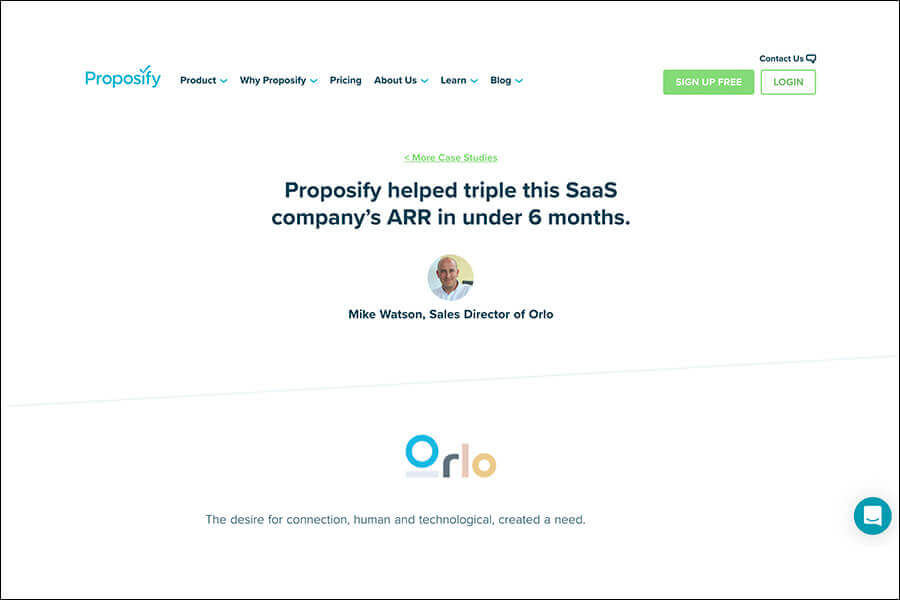
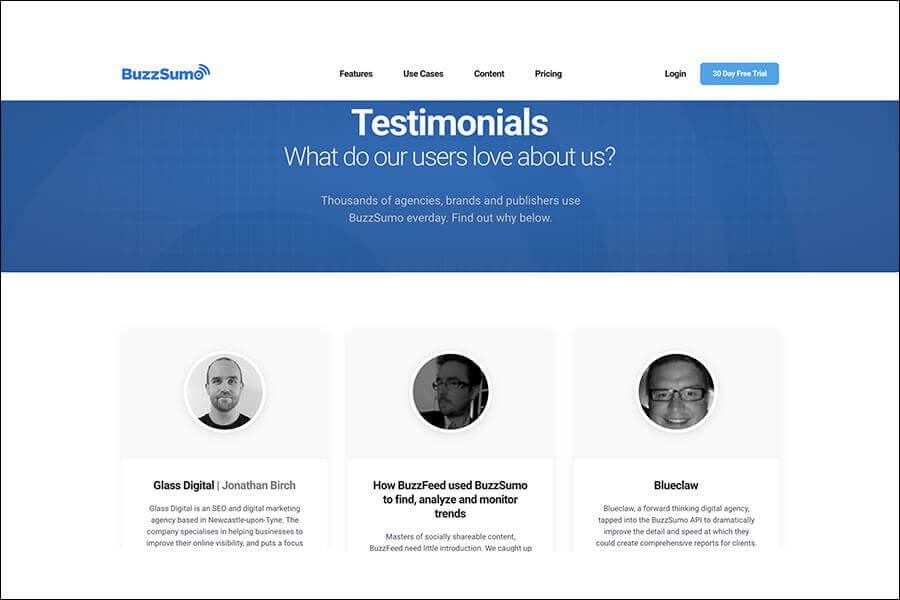
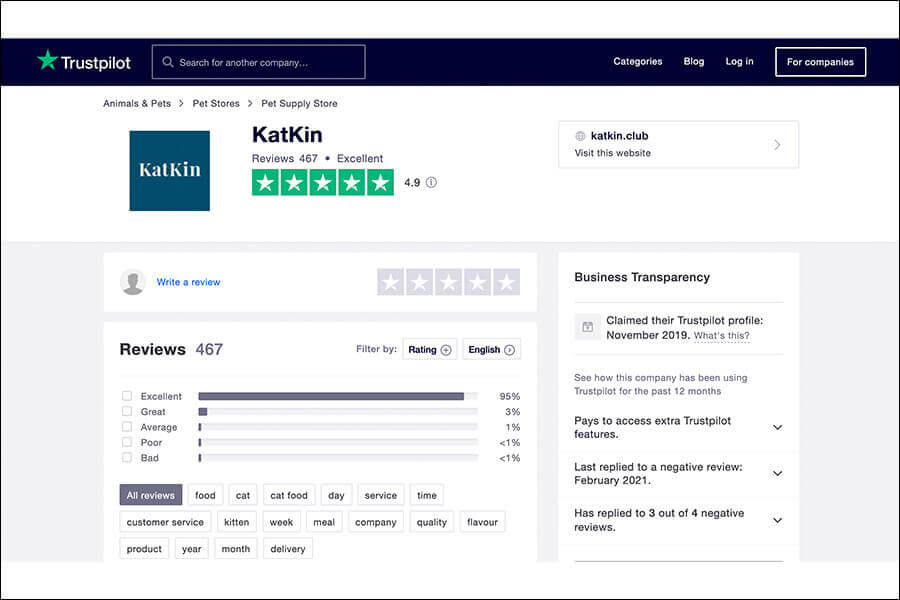
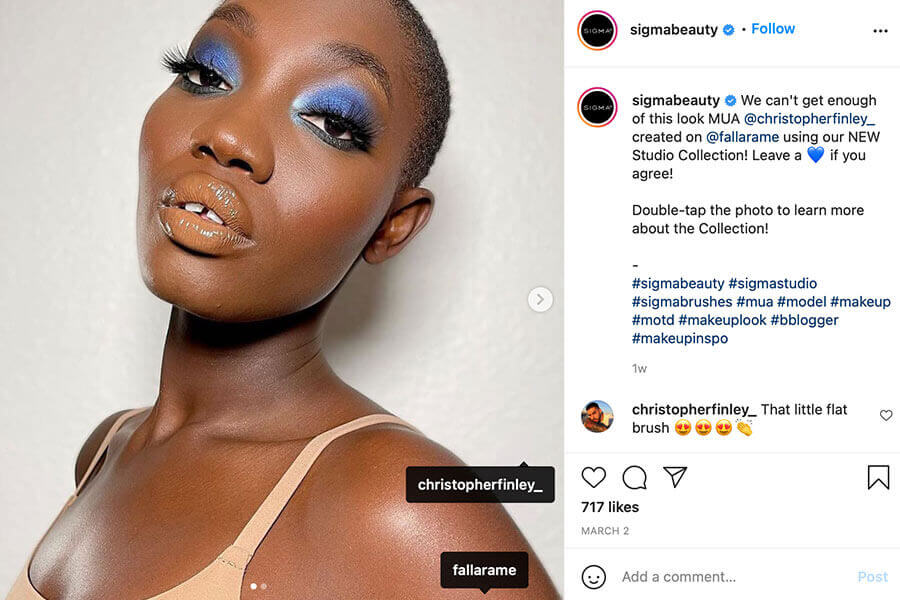

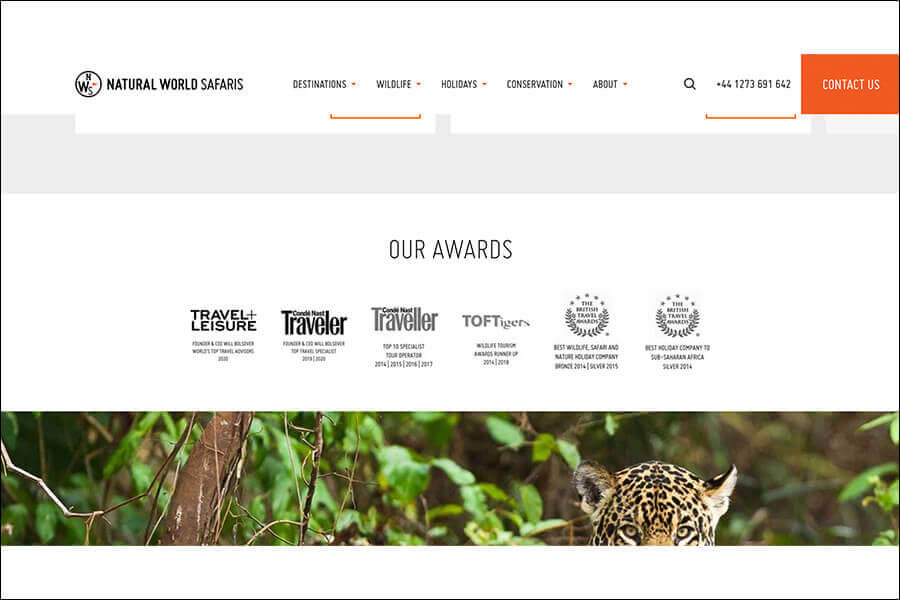
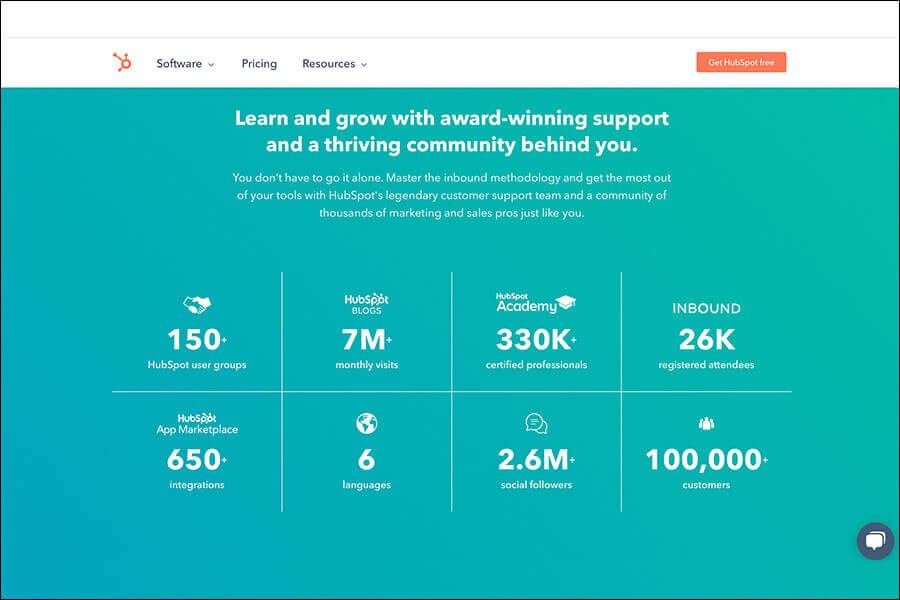



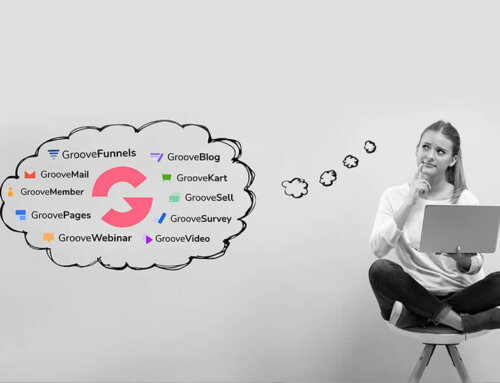

Leave A Comment